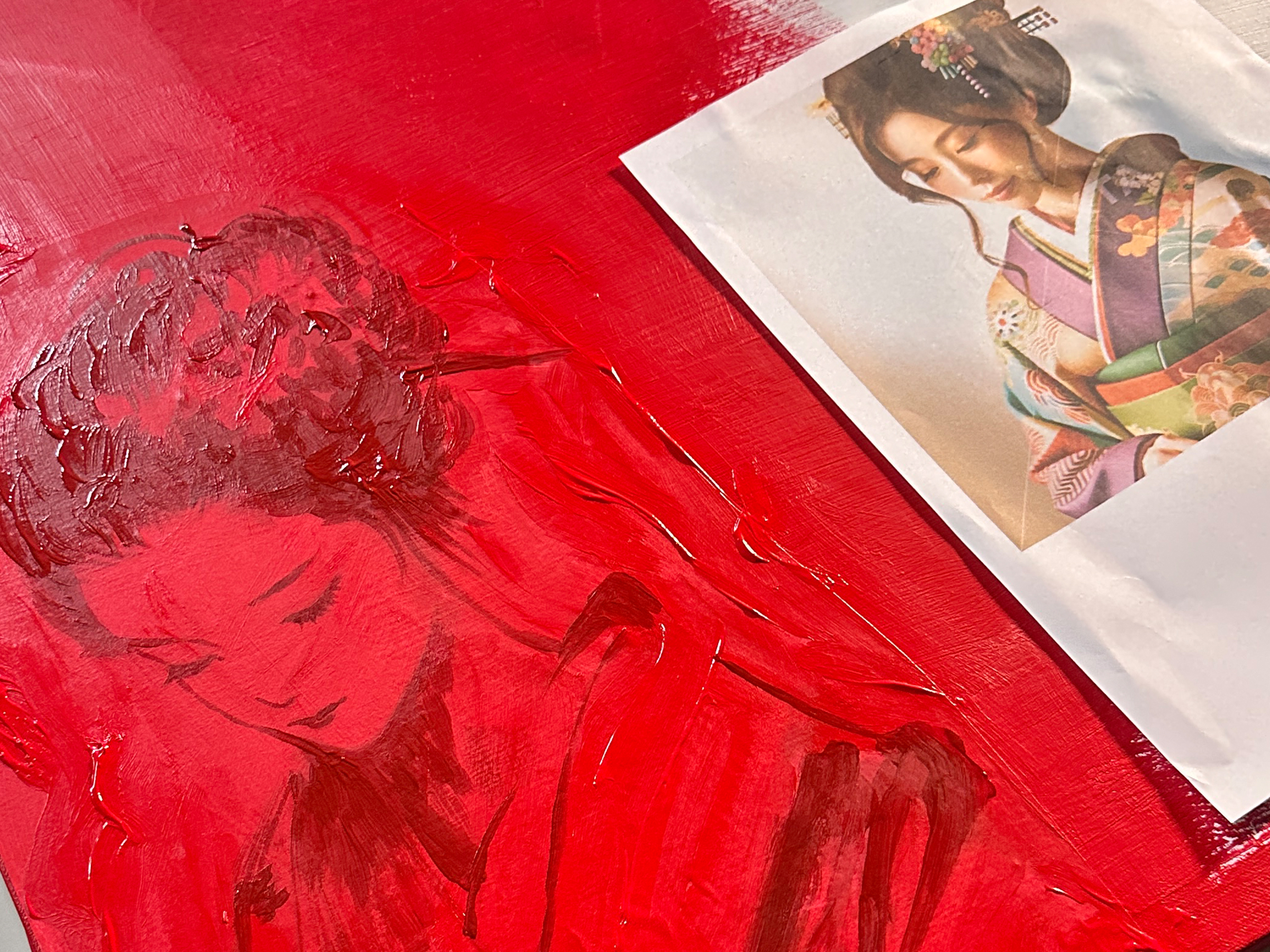We often hear the word “artistic sense,” yet it is usually used without a clear definition.
Since drawing was already part of my daily life before I became aware of myself, the idea of having or not having “artistic sense” has always felt strange to me.
So in this article, I would like to explore what this term truly means from the perspectives of art education and psychology.
Artistic Sense in Art Education — How We Perceive the Visual World
In art education, artistic sense is not about technical skill or how “good” someone is at drawing.
Instead, it is understood as how a person visually interprets the world.
Visual characteristics commonly seen in people with strong artistic sense:
- They see shapes not as “symbols,” but as “structures.”
- They naturally notice visual information such as light, shadow, depth, and rhythm.
- They can extract key features and reconstruct them through lines.
- They intuitively grasp proportion, direction, and flow.
In short,
their perception of objects tends to be three-dimensional and structural.
Conversely, when people are said to “lack artistic sense,” it often means:
- A house = a square + a triangle
- A face = a circle + dots + a line
Their perception remains symbolic.
This has less to do with talent and more to do with where their visual attention is directed.
If someone has had little drawing experience, the habit of processing objects as symbols tends to remain, which leads to the misunderstanding that they “lack artistic sense.”
Artistic Sense in Psychology — The Inner Drive to Express
In psychology, artistic sense is often discussed in terms of whether a person has an internal urge to express.
In other words, whether there is a natural impulse to draw.
Psychological traits commonly seen in people with strong artistic sense:
- Emotions and thoughts appear first as visuals.
- Lines and shapes feel easier to organize than words.
- Moments of inspiration or discomfort flow directly into hand movements.
- Drawing serves as a form of emotional regulation or stress relief.
From this viewpoint, artistic sense is fundamentally a direction in which one’s sensitivity tends to flow.
Those who understand the world visually and channel their inner experiences into lines and shapes are naturally regarded as having artistic sense.
Conversely, people who are labeled as “lacking artistic sense” are not necessarily uncreative; rather, they tend to:
- Process the world more through language than through visuals
- Have less interest in drawing as an activity
- Find it harder to connect artistic feelings with physical form
This is not a matter of superiority or inferiority,
but simply a difference in cognitive style.
What Artistic Sense Means to Me (MADARA)
For me, artistic sense is
the point where my way of seeing the world and my inner impulses meet.
- I naturally notice the shapes of things and the flow of light.
- The movement of my emotions becomes a line.
- There are moments when I simply cannot resist the urge to draw.
- Images arise before words.
This is less a matter of training and more a way of living.
However, artistic sense is not something fixed from birth.
As we draw, our “viewpoint” and “sensitivity channels” change.
Many people suddenly develop artistic sense as adults — something often observed in art education.
Conclusion: Artistic Sense Is “Perspective” and “Impulse”
Artistic sense is a combination of:
- How we see the world (how we receive visual information)
- The impulse to express (psychological energy)
It is not about being good or bad at drawing.
It is more like a sensitivity circuit that grows naturally through practice.
In the worlds of art and calligraphy,
artistic sense is the foundation that exists before technique.
The moment you feel the urge to draw, to express, to give shape to something—
your artistic sense has already begun to bloom.


